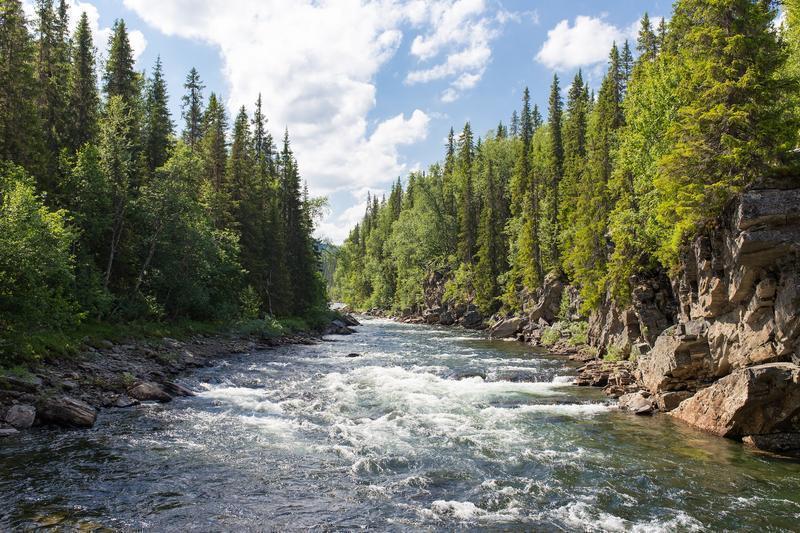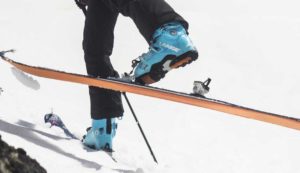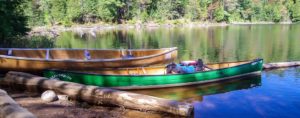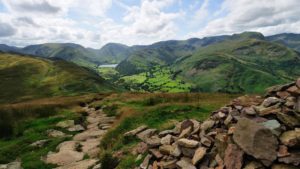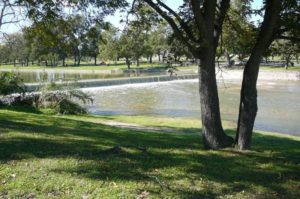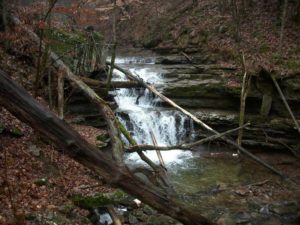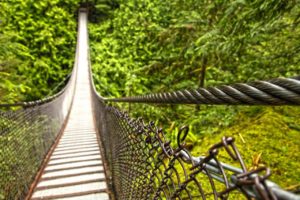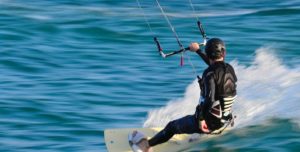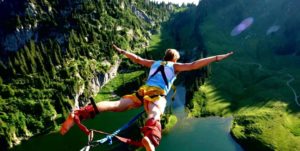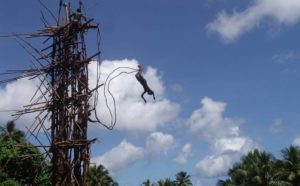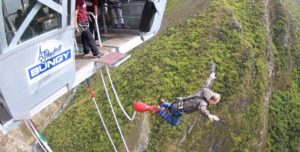When you are adventuring in national parks and wilderness areas, you often need to cross streams and rivers to reach the cliff or mountain, especially in places like Alaska and Canada, where you plan to climb or do other outdoor activities. River crossings (also called fording a river) are one of the most dangerous parts of approaching a climbing route in the backcountry, especially if the river or waterway is filled with deep, cold water and has a swift current.
River Crossings Can Be Fatal
It’s important to remember that more backpackers, hikers, and climbers are killed in river crossings than die from snakebites. Drowning in waterways is the leading cause of fatalities in national parks, accounting for 37 percent of deaths. Before plunging into a wide river or quick stream, understand river crossing safety and know the steps to make a safe and successful ford.
Don’t Wade in Water Deeper than Your Thighs
Fording a river or stream is not the same thing as swimming across. The rule of thumb is that if the water is above your thighs then it is too dangerous to cross. Ideally, the water should be only knee-deep. You can be easily knocked off your feet in water that is waist or chest deep, especially if there is any current, and then you are swimming for your life. Remember that the more body mass that you have in the current, the more easily you can lose control and stability as you cross. If the water is too deep, don’t be afraid to turn around or go downstream to find a shallower ford.
First Assess River Currents and Downstream Hazards
The first step before crossing a river is to assess the water, and the current, and to find the best place to ford. Rivers and streams are usually at their highest and fastest levels in late spring and early summer when they are swollen with snowmelt.
Check how fast the river is moving by tossing a stick in the current. If it’s moving faster than you can walk along the bank then the river is probably too fast and strong to safely cross. Look for shallow areas where the water slows and riffles over boulders. Eddies, which form above large boulders, are often good places to cross since the flow is slow.
Assess downstream hazards that increase your risk of drowning if you slip in the water, including waterfalls, rapids, large boulders, and logjams. Also, avoid fording or swimming directly below a waterfall since they often have dangerous currents which can trap you underwater.
Questions to Answer before Crossing the River
Okay, you’ve picked a safe river crossing across the rushing torrent. Now you have to cross. Again assess the river before setting off and ask the following questions. How deep is the water? How wide is it? What is the underwater surface like? Is it sand and gravel or algae-slick boulders? Are there boulders to stand on in the current? Can you cross singly or is it safer in a group? Should you set up a taut hand line to hold onto as your cross and to zip the packs across? Lastly, make a plan for problems. What are you going to do if you fall in? Do you know how to float through a rapid? Where can you escape the river below the crossing?
Three Ways to Cross a River
There are three basic ways to make a river crossing: the solo tripod; the group eddy; and the group pole. It is best to practice each of these river crossing methods in slow, shallow rivers so you know how to successfully execute them before trying them in a deep, fast river.
The Solo Tripod Method
If the river is not too deep and fast then use the solo tripod method. Use a trekking pole or wooden stick to form a tripod with your two feet for added stability. Face upstream and step sideways across the stream, probing the stream bottom with the pole and always keeping two points of contact with the bed. You face upstream with the pole because the current forces it into position.
A trekking pole is not always the best tool for the tripod since the narrow tip can be pinched by rocks and logs on the river bottom. Often times a stout stick is the best solution.
The Group Eddy Method
It is safer to cross in a group of either two or three people if the river is deep, wide, and fast—the whole safety in numbers equation. To execute the group eddy method, place the strongest and biggest person at the upstream top of the group, using a stout stick for a tripod. He faces upstream and plants himself solidly. The other members of the group, usually one to four people, stand behind the leader in a human chain and hold onto the hip belt of the next person upstream. The first upstream person breaks the current and creates an eddy, while each successive downstream person helps create a larger eddy, making it easier for the group to shuffle sideways across the river.
The Group Pole Method
The group pole method is basically a variation of the group eddy used for river crossing. Again, place the strongest member of your party upstream doing a solo tripod with a stick. The other members face toward the opposite river bank and all hold onto a sturdy wooden pole in front of them. They can also lock arms or clasp hands although neither is as strong as holding onto the pole. Now the group crosses the river, walking straight ahead to the opposite bank. The upstream person creates an eddy which is amplified by the other members of the group making for a safe crossing. Each team member should stay parallel to the river current, which minimizes its effect. This river crossing method is very safe, especially with a large group, since the chances of a couple of people being knocked over are lessened. This method is effective with four to ten people working in tandem to cross the river.

